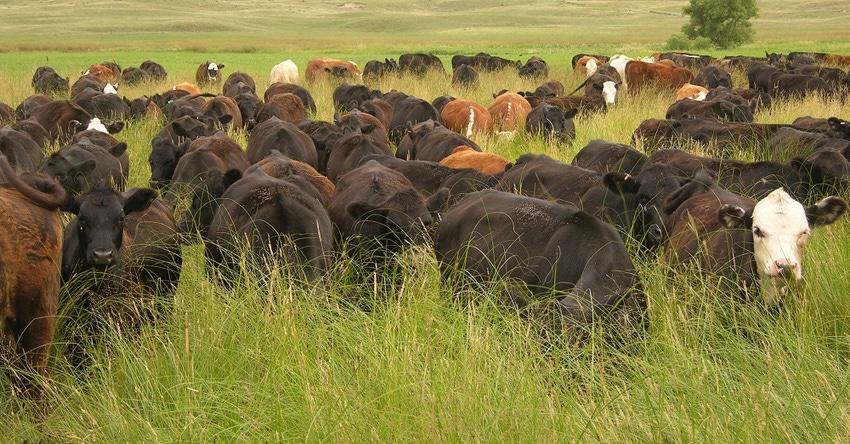
The amount of nitrogen fixed by legumes is actually a small portion of all the nitrogen captured by soil life and used by plants, and we can improve that significantly.
As a matter of fact, biological nitrogen fixation accounts for around 65% of the nitrogen used by crops and pastures globally. This work is done by soil microorganisms and we have opportunity to bring about a considerable increase in this production, says Australian soil scientist Christine Jones.
The good news is the supply of nitrogen is inexhaustible, since dinitrogen (N2) makes up almost 80% of the earth’s atmosphere. The necessary transformation which must be done by soil microbes is to make inert nitrogen gas to a biologically active form.
Jones says where green plants are growing we can also find the nitrogen-fixing bacteria we need. They are actually called archaea and are a separate biological grouping separate from bacteria. However there are still many mysteries surrounding these creatures because they cannot be cultured in a laboratory. That makes studying them difficult.
Nonetheless, recent science has shown there is a "dizzying array" of these nitrogen-capturing creatures which live across a wide range of environments, Jones says.
Although many scientific details are lacking to quantify the amount of nitrogen fixed by them, Jones adds that we know that the diversity and abundance of nitrogen-fixing microbes are much greater where there is living groundcover. This is especially true for plants in the grass family.
It is also much improved in soils which have grown green material throughout the year, compared with soils that have been bare fallowed.
Jones adds that mycorrhizal fungi are also vitally important to the bacterial nitrogen-fixing process. Although they do not fix nitrogen, they transfer energy in the form of liquid carbon to the nitrogen fixers, which trade nitrogen for the carbohydrates. They also transport biologically fixed nitrogen to plants in organic form, for example, as amino acids, including glycine, arginine, chitosan and glutamine.
Jones also says the acquisition and transfer of organic nitrogen by mycorrhizal fungi is highly energy efficient. She says this pathway reduces nitrification, denitrification, volatilization and nitrogen leaching. Further, the storage of nitrogen in organic form prevents soil acidification.
About the Author(s)
You May Also Like




